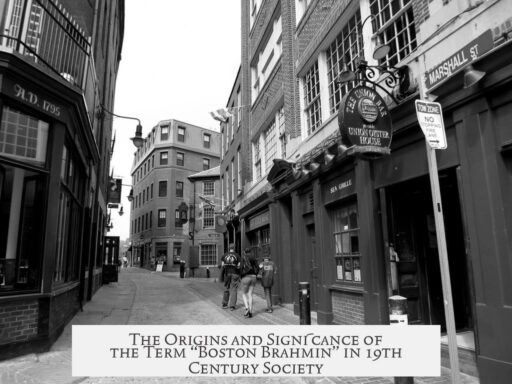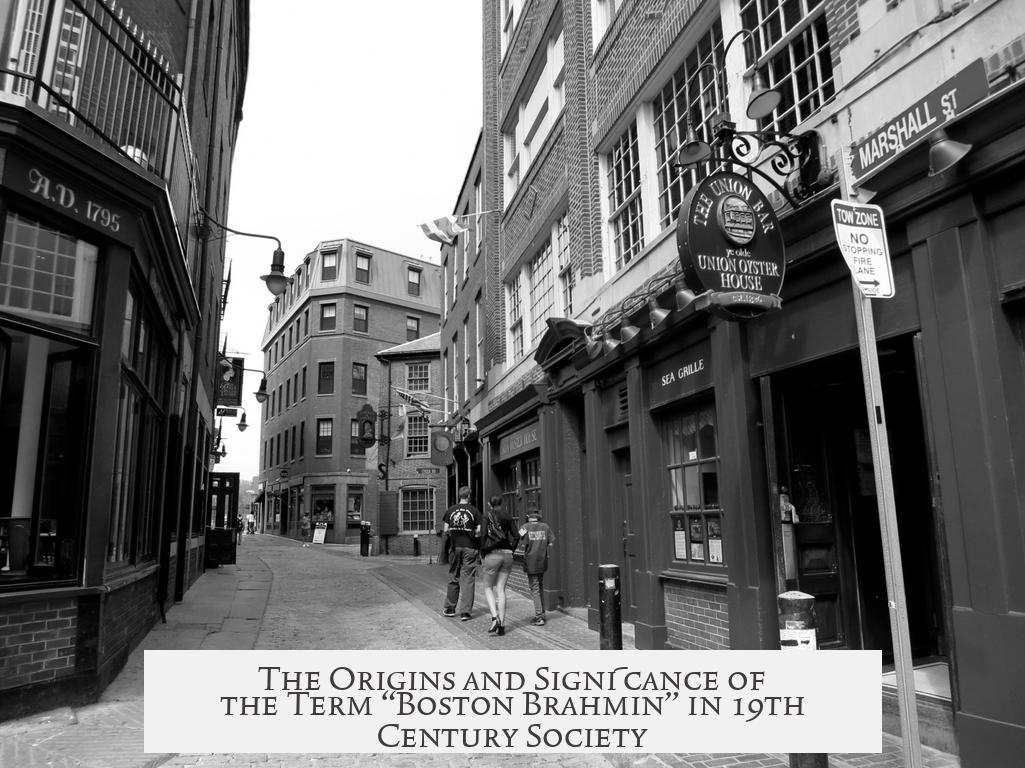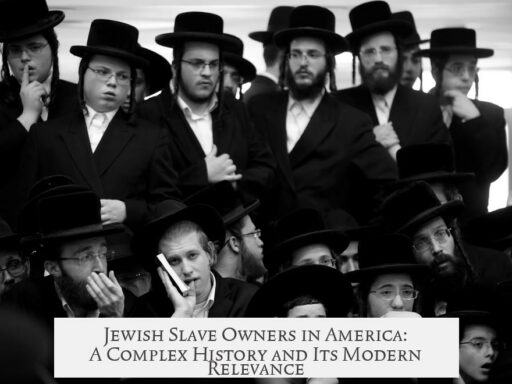The term “Boston Brahmin” originates from the 1860s, coined by Oliver Wendell Holmes Sr., a Harvard graduate and contemporary of literary figures such as Emerson and Longfellow. Holmes used this phrase to describe a social group in Boston that was distinct from the wealthiest families but defined by their enduring cultural and educational influence. This group’s identity stemmed largely from their consistent preference for sending children to Ivy League colleges and prestigious private schools.
Holmes saw in these families a form of aristocracy that was not purely based on wealth. He emphasized that personal fortune alone does not sustain a true, lasting social class beyond a few generations. Instead, the “Boston Brahmin” reflected a caste-like social structure built on traditions, education, and hereditary intellectual aptitude, rather than inherited riches.
Holmes describes this aristocracy as one with “a far greater character of permanence,” established over generations through the repeated influence of education and cultural values. He highlights heredity and environment, noting these families produce “races of scholars” recognized by their continual presence in college records and scholarly labor.
The term “Brahmin” itself alludes to the Indian caste of priests and scholars, signifying high social rank and intellectual authority. Holmes’ choice of this term carries multiple layers of meaning:
- It symbolically links Boston’s older elite to a kind of spiritual and educational aristocracy reminiscent of Puritan founders, without a strict claim to Puritan orthodoxy.
- It signals a movement away from rigid religious tradition toward liberal theology and even skepticism, reflecting an evolving cultural ethos.
- It creates a deliberate contrast with American values—caste distinctions are not typically American—which Holmes downplays by calling this group “harmless” and “inoffensive.”
Holmes further elaborated on the physical and behavioral attributes associated with Boston Brahmins. He envisioned them with “smooth,” pale faces, delicate features, and bright, alert eyes. Though sometimes timid or awkward, they possess a dignity that avoids coarseness or vulgarity. This physiognomy alludes to a refined, educated demeanor cultivated over generations.
In the social context of 1860 Boston, “Boston Brahmin” was also a subtle social commentary. Holmes contrasted the Brahmins with less sophisticated rural individuals, illustrating a respectful rivalry within the broader white Anglo-Saxon Protestant (WASP) community. This portrayal maintained a polite social distinction while omitting the harsher realities of ethnic and racial tensions prevalent during that era.
Notably, the term excludes groups such as Irish Catholic immigrants and Black residents, who faced discrimination and exclusion from Brahmin society. The Brahmins often displayed a form of noblesse oblige—a patronizing sense of responsibility—towards these groups, setting themselves apart as social and cultural leaders. They opposed more extreme supremacist movements like the Know-Nothing Party yet remained firmly within the WASP establishment.
| Aspect | Details |
|---|---|
| Originator | Oliver Wendell Holmes Sr., 1860 |
| Meaning | Hereditary caste of educated Boston elites |
| Basis of Class | Education, tradition over wealth |
| Term Symbolism | Indian priestly caste, reflective of education and social permanence |
| Physical Traits | Pale complexion, delicate features, bright eyes |
| Social Context | Elite WASP families, contrasted with Irish Catholics and other groups |
The term’s lasting legacy is its encapsulation of an American social stratum centering on intellectual legacy and subtle social control. It highlights how Boston’s elite maintained cultural dominance through education and inherited social customs rather than mere financial power.
- The phrase “Boston Brahmin” was coined by Oliver Wendell Holmes Sr. in 1860 to describe an entrenched class of Boston elites.
- It emphasizes hereditary education and scholarly achievement over raw wealth.
- The term references the Indian Brahmin caste to suggest a lasting, intellectual aristocracy.
- Boston Brahmins exhibited distinctive physical and behavioral traits, suggesting refinement.
- The term comes from a specific social context of Boston’s WASP society, distinct from immigrant and minority groups.
Where Did the Term “Boston Brahmin” Come From? A Dive into History and Heritage
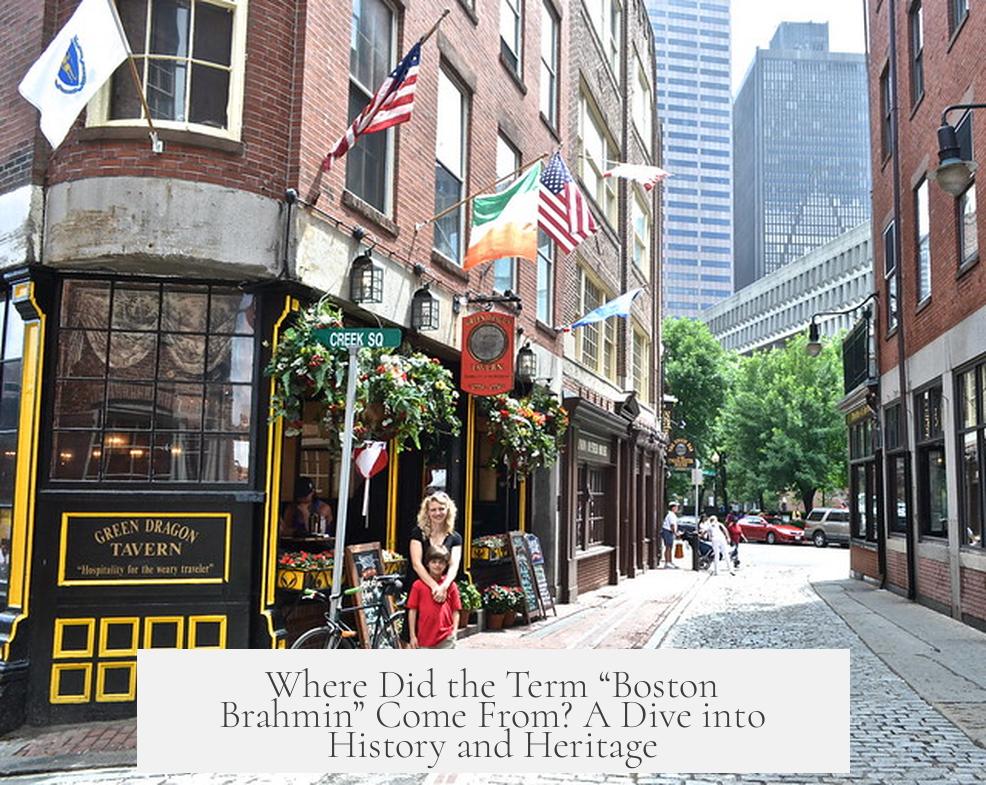
Simply put, the term “Boston Brahmin” was coined by Oliver Wendell Holmes Sr. in 1860 to describe a socially permanent aristocracy in New England that was defined more by education, lineage, and cultural influence than by sheer wealth. But what’s behind that curious word “Brahmin,” and why did Holmes pick it? Let’s peel back the layers.
If you’ve ever wondered where these mysterious Boston Brahmins came from or what they really represent, you’re about to find out. Spoiler: It’s not just about money or fancy hats.
The Birth of a Term: Oliver Wendell Holmes Sr. and His Harvard Circle
Oliver Wendell Holmes Sr., a Harvard graduate who rubbed elbows with literary giants like Ralph Waldo Emerson and Henry Wadsworth Longfellow, is the man who birthed the term. He was a regular contributor to the Monthly Anthology and keen observer of Boston society.
In 1860, Holmes coined “Boston Brahmin” to highlight a class of families in Boston who sent their children to Ivy League colleges and prestigious prep schools belonging to what is now known as the Independent School League. These families weren’t necessarily the richest in Boston, but they formed an elite, lasting social caste.
The Meaning Behind the Name: Why “Brahmin”?
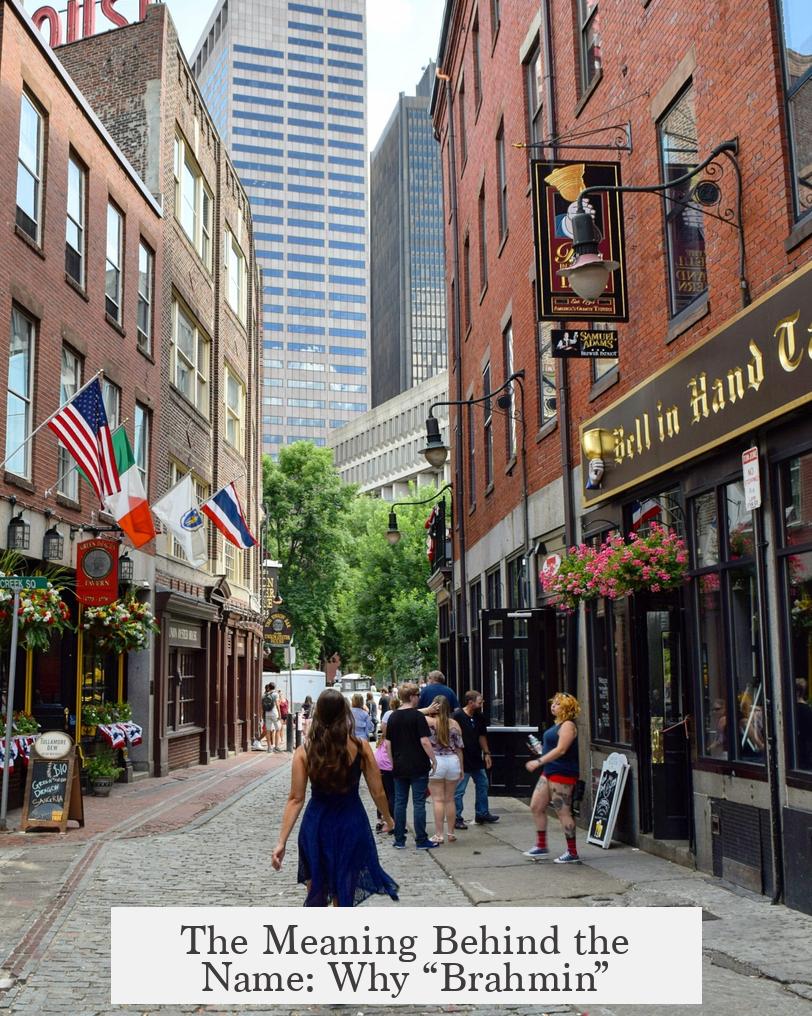
Choosing the term “Brahmin” was smart and layered. Brahmins in India are the priestly caste, traditionally scholars and keepers of spiritual knowledge. Holmes used the term symbolically, referencing a trend in Boston towards intellectual and civic leadership that transcended mere wealth.
He was signaling that this class rose by education, values, and cultural continuity, much like the Brahmins of India. However, Holmes was careful to frame them as “harmless, inoffensive, untitled aristocracy” – because America did not really embrace old-world castes and titles. The exotic term gave a nod to tradition while acknowledging American democratic ideals.
Also, the Brahmin label subtly hints at Boston’s Puritan heritage, though these Boston Brahmins had moved beyond strict orthodox Christianity, favoring liberal theology or sometimes outright skepticism. So the label was a nod to old power without the old rigidity.
Who Were the Boston Brahmins?
Holmes described their look and manner with precision. Picture a face smooth and pale. Delicate, regular features. Quick, bright eyes. Their air might be shy or awkward, but never coarse or “clownish.” It’s an intriguing portrait — less about flamboyance, more about quiet confidence.
But beyond looks, what really defined this caste was a relentless drive toward education and public service. Their names popped up in college records, scholarly works, or political offices repeatedly, generation after generation. They were the intellectual backbone of New England.
The Boston Brahmin in the Social Landscape of 1860s Boston
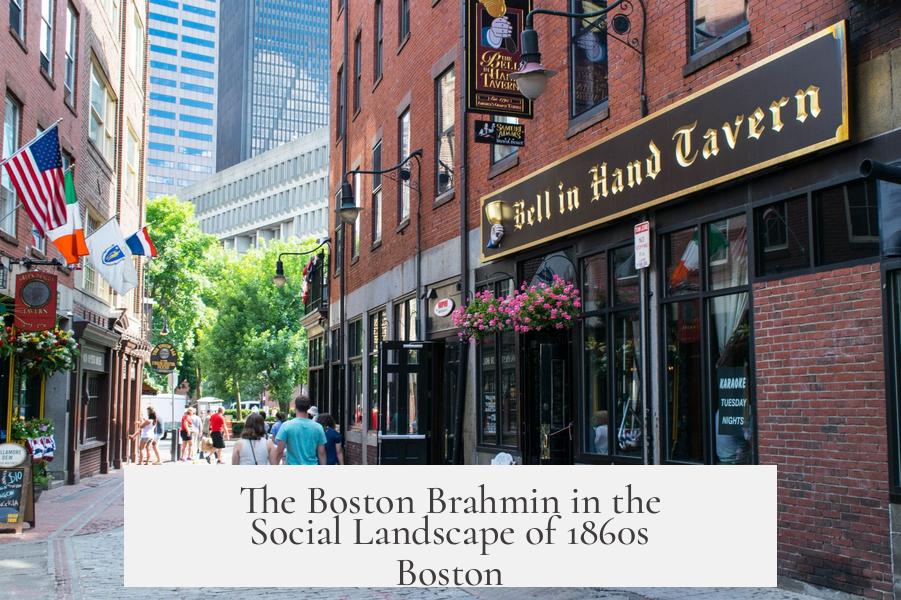
In the Boston of 1860, society was complex. The Boston Brahmins existed alongside new immigrant populations, especially Irish Catholics, as well as a longtime Black community. Holmes’s Brahmins implicitly stood apart, embracing a form of noblesse oblige—a duty to uplift the less fortunate.
This was in contrast with the Know-Nothing Party, a nativist, anti-immigrant political force that shared the Protestant Anglo-Saxon roots of the Brahmins but not their measured approach. Holmes’s Brahmins were WASPs (White Anglo-Saxon Protestants), yes, but with a gentler touch.
What Can We Learn From the Term Today?
Understanding “Boston Brahmin” offers insight into how social classes can form not only around wealth but also education, values, and culture. It reminds us that some elite groups rely on traditions and intellectual continuity, maintaining influence quietly over centuries.
Holmes’s portrayal also shows how language shapes social identity. The phrase “Boston Brahmin” wasn’t a slur or an exact replica of Indian caste; it was a carefully chosen metaphor conveying respect mixed with gentle critique, all wrapped in a touch of humor.
So, what’s in a name really?
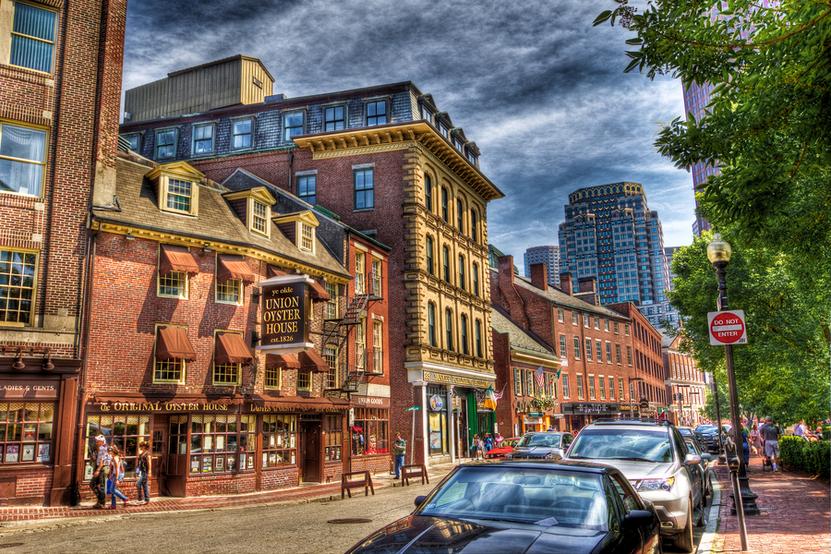
Holmes’s term reveals a dynamic social fabric where education and lineage mattered more than money alone. It forces us to think about how elite groups shape and sustain themselves through culture and values, and how outsiders might perceive them.
Next time you hear “Boston Brahmin,” think beyond wealth. Picture a family tree with deep roots in American history, their branches reaching out into Harvard lecture halls and city halls, their leaves reflecting a tradition of scholarship, reserve, and social responsibility.
Practical Tips to Spot a Boston Brahmin (or Understand One)
- Look for cultural continuity: These families emphasize education above all.
- Note the subtle demeanor: Their behavior tends to be reserved, polite, and sometimes shy—not flashy.
- Think long-term influence: They’re not about quick wealth but lasting societal roles.
- Recognize their historical context: Many tied to New England’s older Protestant elite and liberal intellectual tradition.
In a way, the Boston Brahmin is a living historical symbol. Their story makes us question how social groups survive time and change and challenges us to look beyond cash when we size up influence.
Final Thought
Boston’s Brahmins, coined by a sharp mind back in 1860, remain a fascinating hybrid of old-world symbolism and American self-made ideals. The next time you’re near Harvard Yard or taking a stroll in Beacon Hill, remember: beneath the calm exterior is a centuries-old social story cloaked in a word that’s part America, part India, and full of history.
